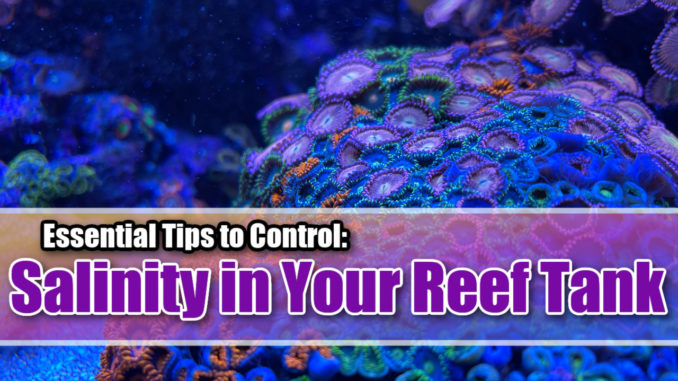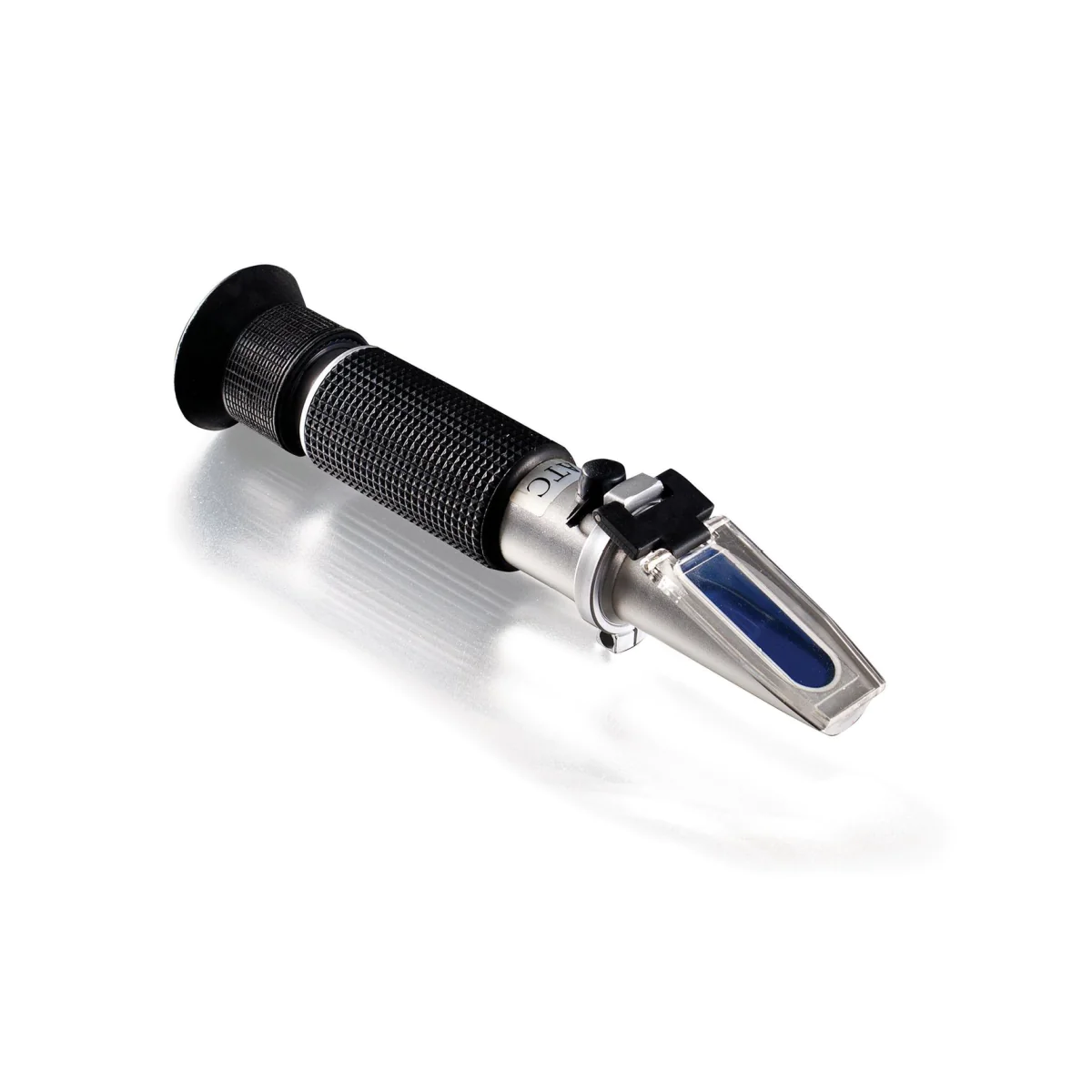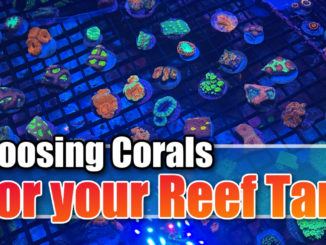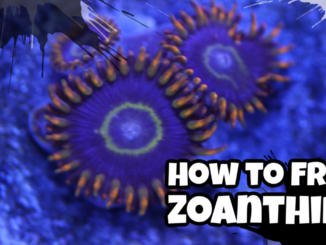
Salinity is a critical parameter to monitor and maintain in a reef tank. It refers to the concentration of dissolved salts, primarily sodium chloride (NaCl), in the water. Salinity levels in a reef tank are typically measured using a hydrometer, refractometer, or conductivity probe, and are expressed in parts per thousand (ppt) or specific gravity (SG).
Here are some key points to know about salinity in a reef tank:
- Optimal Salinity Range: The recommended salinity range for a reef tank is generally between 34 and 36 ppt (or 1.024 to 1.026 SG). This range closely matches the natural seawater salinity found in coral reefs.
- Stability is Key: It is crucial to maintain a stable salinity level in a reef tank. Sudden changes in salinity can stress the inhabitants, including corals, fish, and invertebrates, potentially leading to health issues or even mortality.
- Evaporation and Water Top-Off: As water evaporates from the tank, it leaves behind the dissolved salts, causing the salinity to increase. Regular monitoring and adjustment through water top-offs with freshwater or RO/DI (reverse osmosis/deionization) water are necessary to maintain the desired salinity.
- Refractometer or Hydrometer: These tools are commonly used to measure salinity. A refractometer measures the bending of light passing through the water to determine the salt concentration, while a hydrometer floats in the water and gives a reading based on its buoyancy. Refractometers are generally more accurate and reliable.
- Temperature Compensation: When using a refractometer, it’s important to account for temperature variations, as salinity readings can be affected by temperature. Many refractometers have built-in temperature compensation mechanisms, or you can manually adjust the reading based on temperature charts or calculators.
- Salt Mixes: When preparing artificial saltwater for your reef tank, it’s essential to use a reputable salt mix designed specifically for marine aquariums. These mixes typically provide instructions on the appropriate ratio of salt mix to freshwater for achieving the desired salinity level.
- Water Changes: Regular partial water changes are recommended to replenish trace elements and maintain water quality. When performing water changes, it’s crucial to match the salinity and temperature of the new water to that of the tank to minimize stress on the tank inhabitants.
- Monitoring Equipment: Invest in reliable and accurate monitoring equipment, such as a digital thermometer and a quality refractometer, to ensure you can consistently and precisely measure salinity in your reef tank.
- Coral Sensitivity: Live Corals are sensitive to salinity fluctuations, and significant deviations from the optimal range can negatively impact their health. In extreme cases, corals may experience tissue damage or even die-off.
- Salinity and Fish/Invertebrates: Different fish and invertebrate species have varying salinity tolerance levels. It is important to research and select tank inhabitants that are compatible with your desired salinity range.
Remember, maintaining stable and appropriate salinity levels is crucial for the overall health and well-being of your reef tank’s inhabitants. Regular monitoring, adjustments, and understanding the specific needs of your aquarium’s inhabitants are key to success. Its not doubt that salinity is a critical reef tank parameter.





